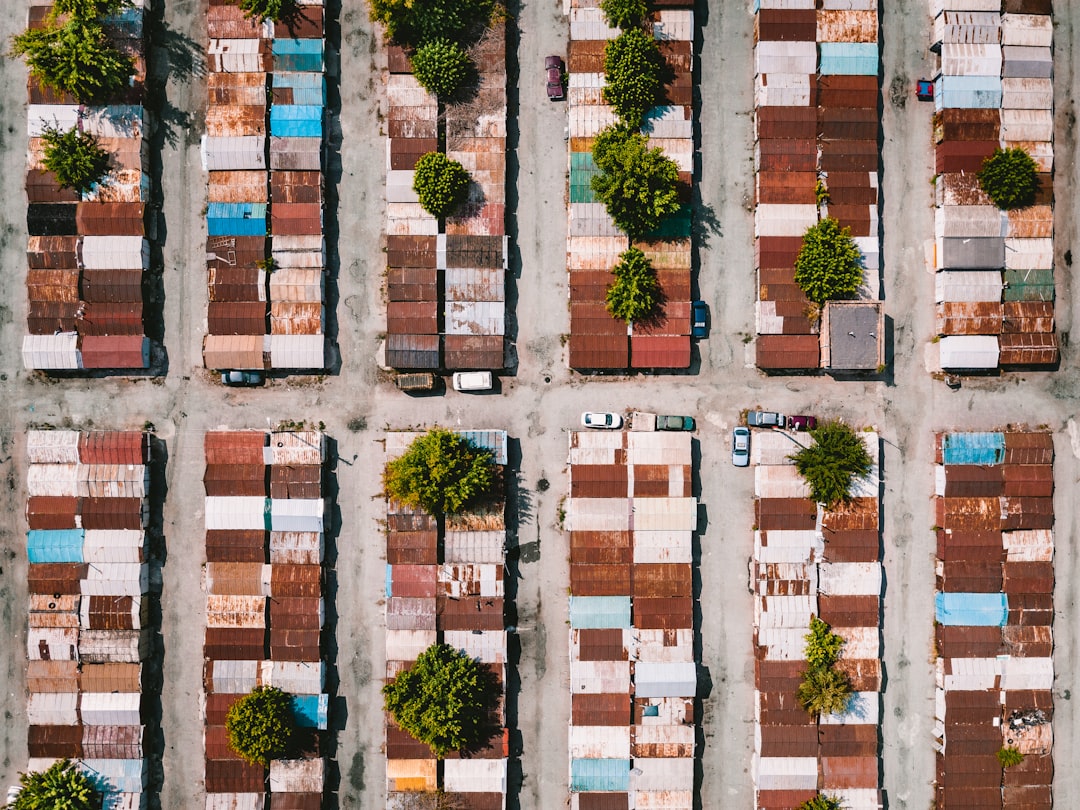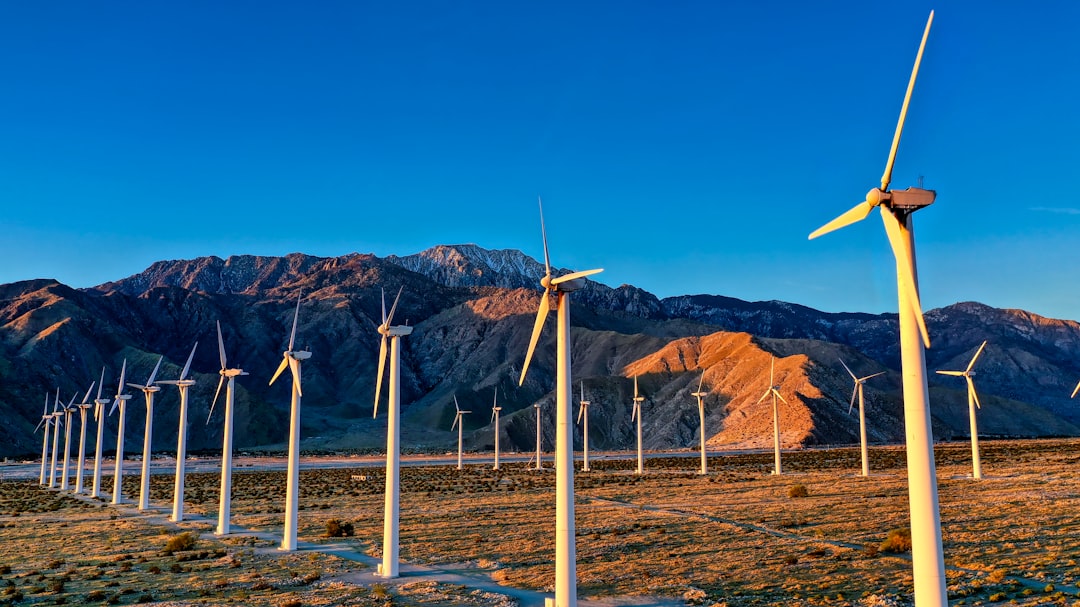What is it about?
Malaysia's renewable energy policies do not cover production from waste, including the generation of biogas from palm oil mill effluent. This paper combines life cycle cost-benefit analysis (LCCBA) and the analytical hierarchy process (AHP) to provide new insights into costs and benefits of technologies over the life cycles, and on the basis of this information, asks experts to rank different options to enhance policy. The results show that the continuous stirred tank reactor has a higher LCC of 0.63 Million USD/year, compared to a LCC value of 0.55 Million USD/year for the covered lagoon bio-digester. In terms of cost-benefit, the continuous stirred tank reactor has a higher net present value of 0.46 Million USD/year, higher return on investment of 10.11% and a shorter payback period of 9.9 years compared to the covered lagoon bio-digester system, which has a net present value of 0.22 Million USD/year, return on investment of 7.79% and a payback period of 12.8 years. The continuous stirred tank reactor system therefore emerges as more economically feasible compared to the covered lagoon bio-digester system. On providing this information to experts using AHP, the three top ranked policy options emerged as: i) providing detailed environmental guidelines, ii) standardising technical guidelines for biogas installation and iii) covering the open pond wall using lining. Economic insights and policy opportunities based on this research can be used to inform policy decision making in multiple contexts where biogas plant projects are under consideration, in both Malaysia and globally.
Featured Image

Photo by Mathilde Ro on Unsplash
Why is it important?
It is one of few papers to link Life cycle cost-benefit analysis (LCCBA) on palm oil mill effluent treatment with the Analytical hierarchy process (AHP). Combining LCCBA and AHP offers insights linking economic analysis & policy options.
Read the Original
This page is a summary of: Energy generation from palm oil mill effluent: A life cycle cost-benefit analysis and policy insights, Renewable and Sustainable Energy Reviews, March 2022, Elsevier,
DOI: 10.1016/j.rser.2021.111990.
You can read the full text:
Resources
Contributors
The following have contributed to this page










